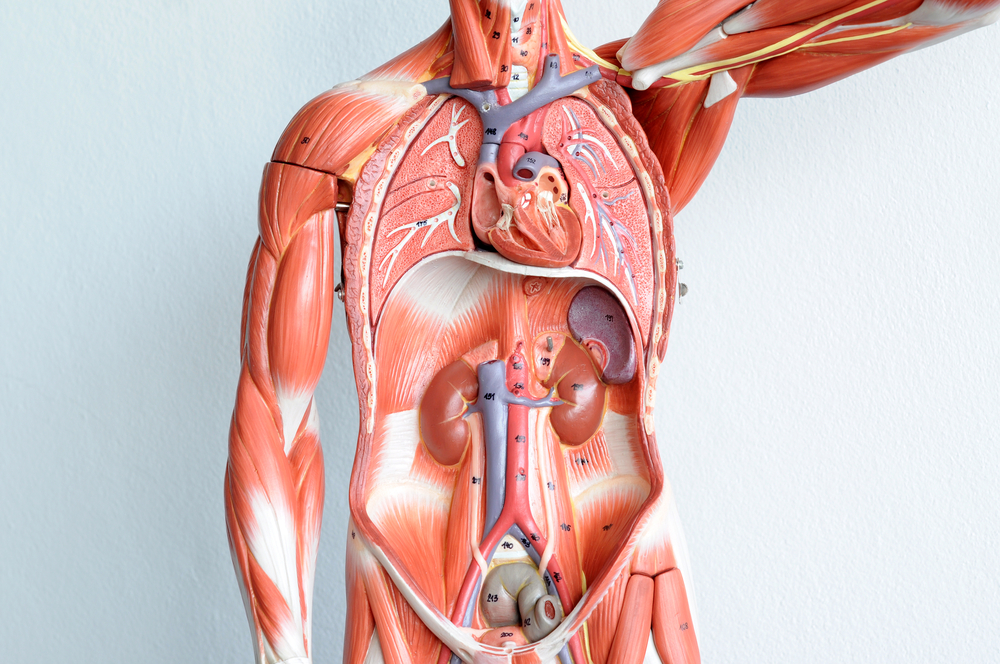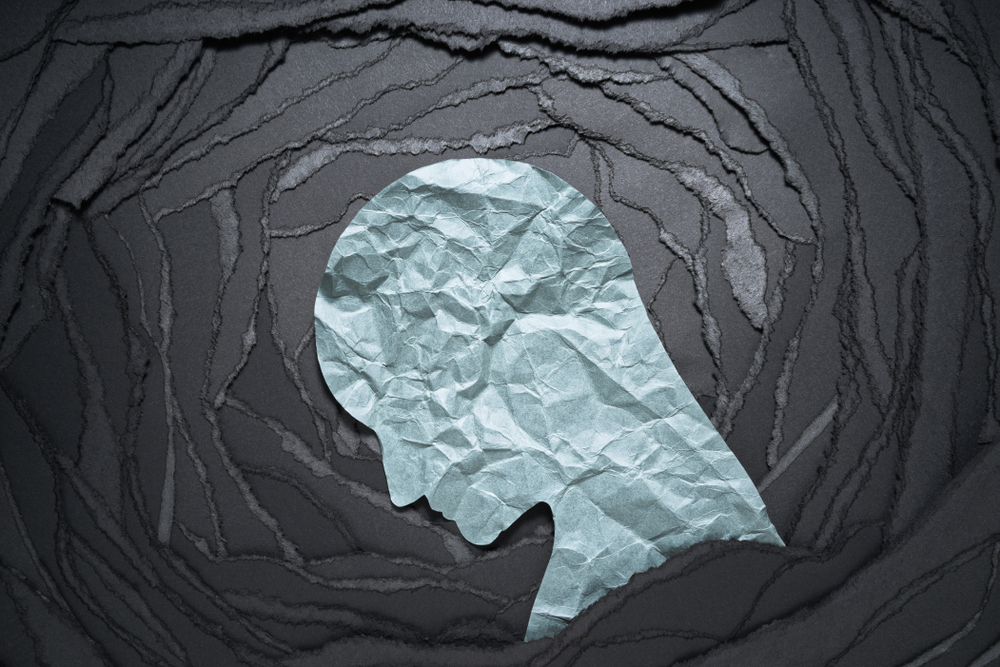Pyroluria and pyrroles are controversial subjects. Some researchers and medical professionals believe that pyroluria is a legitimate condition, while others are skeptical. It’s important to note that, regardless of where you fall on the spectrum, there are many people who feel they’ve been helped by treatments that address this condition.
What Is Pyroluria?

Pyroluria, also known as Pyrrole Disorder or Hemepyrrole (hemo=blood), is an inherited genetic defect in which the body cannot convert vitamin B6 and zinc into their active forms. This causes an excess build-up of pyrroles in the urine, which can lead to mood swings, anxiety, depression, addiction issues and more. (1)
Pyroluria is thought to be a cause of some personality disorders, including borderline personality disorder. It may also play a role in the development of schizophrenia and other mental illnesses. Anecdotal evidence suggests that pyroluria can be treated with supplements such as zinc, B6 and other nutrients.
Read More: Chest Pain May Be a Symptom of a Common Vitamin Deficiency
What Are Pyrroles?

Pyrroles are a class of chemicals found naturally in plants and animals. Our bodies also produce them when we metabolize certain foods (such as amines from chocolate) or drugs (like amphetamines). The body needs pyrroles for proper metabolism; however, when they’re present in high levels in the blood or urine, it can cause serious health issues. (2)
Pyrroles are involved in at least 300 metabolic processes. The body also uses them to create many other important compounds, including hemoglobin, niacin, and vitamin B6.
Some of the most common pyrroles include:

- Urine pigments – These are the most common type of pyrrole, and they’re produced by the body when it metabolizes certain foods or drugs. Urine pigments can be red, orange or brown in color and may even change color over time as they’re excreted.
- Amines – Amines are a class of organic compounds that contain nitrogen and one or more other elements (such as carbon), and they’re produced by our bodies when we eat certain types of food such as chocolate.
- Heterocyclic amines – These are a class of compounds that contain nitrogen and carbon, but they also have other elements like oxygen or sulfur in them. Heterocyclic amines can be formed when meat is cooked at high temperatures such as pan-frying or grilling it over an open flame.
- Nitrosamines – These are a class of compounds that contain nitrogen and oxygen, but they also have other elements like carbon or sulfur in them. Nitrosamines are produced when nitrites react with certain types of amino acids found in food, such as those found in cheese.
- Polycyclic aromatic hydrocarbons (PAHs) – These are a class of compounds that contain carbon and hydrogen, but they also have other elements like oxygen or sulfur in them. PAHs can be formed when fat drips onto a flame or when meat is cooked at high temperatures, such as pan-frying or grilling it over an open flame.
- Advanced glycation end products (AGEs) – Also called glycotoxins, these are compounds that can form when proteins come into contact with sugars
How Does One Get Elevated Levels of Pyrroles?

There are many ways that pyrroles can be elevated in the body, but the most common culprit is consuming a diet high in animal protein. This is because some of the amino acids found in meat and other animal products can combine with certain types of amino acids found in food, such as those found in cheese. When this happens, pyrroles can form and be absorbed into the body. Other ways that pyrroles can get into the body include:
- Consuming a diet that is high in sugar and carbohydrates
- Smoking cigarettes or using other types of tobacco products
- Eating foods that contain the amino acid tyramine, which can form pyrroles in the body
- Drinking alcohol
- Using certain medications, such as some antidepressants or painkillers
What Problems Does Pyroluria Cause?

No one knows exactly what the long-term health effects of pyroluria are. However, there is some evidence that it may be linked to depression and anxiety and symptoms associated with Bipolar Disorder (BD). These include:
- Mood swings
- Impulsiveness
- Anxiety
- Panic attacks
- Suicidal thoughts
- Depression
- Sleeping problems
- Social anxiety
- Attention deficit disorder (ADD)
- Bipolar disorder
- Schizophrenia
Read More: Vitamin B12 Deficiency and Dementia Symptoms: What You Should Know
Other symptoms of pyroluria may include:

- Numbness in hands or feet
- Headaches
- Muscle spasms
- Tingling sensations in the extremities
- Blurred vision
- Dizziness
- Dry mouth
- Skin rashes
Anxiety and/or depression are often associated with pyroluria because they cause a shortage of neurotransmitters, which can lead to feelings of nervousness or panic.
Is Pyroluria A Legitimate Condition?

Many people with mental health issues, including anxiety and depression, have tried to get a diagnosis for pyroluria. However, most medical professionals do not recognize this condition because it’s not listed in the Diagnostic and Statistical Manual of Mental Disorders (DSM). Some people who have been diagnosed with pyroluria believe that it may be an underlying cause of their symptoms rather than a condition on its own. It’s possible that other conditions, such as ADD or bipolar disorder, are involved. (3)
It’s also possible that pyroluria may be a symptom of another condition or simply an overlap between several different disorders. It’s important to note that medical professionals still do not understand many mental health conditions well.
The long story short is that, as of right now, Pyroluria is not considered a legitimate diagnosis. However, more researchers are looking into it to determine if elevated pyrroles in the urine actually mean something. Until more information becomes available, you can limit foods and behaviors known to increase pyrroles in the body and deplete the body of zinc and vitamin B6, both of which are required for hemoglobin synthesis. The best way to do this is by eating a healthy diet with plenty of fresh fruits and vegetables, whole grains, and legumes.
Read More: 10 Signs Of A Vitamin Deficiency And What To Do About It
Sources
- “Pyroluria: Is It a Real Disease or Just a Myth?.” Dr. Bill Sukala. Dr Bill Sukala. December 7, 2019.
- “What to Know About Pyrrole Disorder.” Healthline. Kristeen Cherney. February 21, 2023.
- “Pyroluria: Fact or Fiction?” Pubmed. Benjamin Warren, et al. May 2021.

